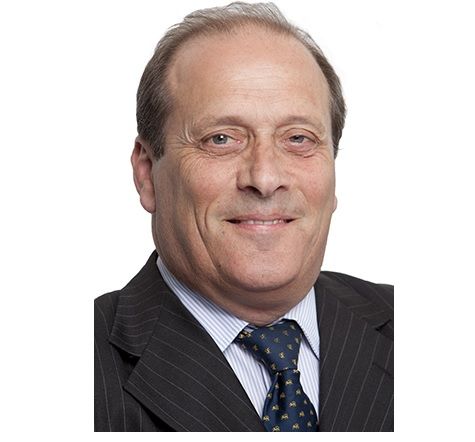The Fed, the ECB and the BoE could be defined by their policy challenges and these could in turn be respectively pegged as “how?”, “what?” and “when?”.
The easiest to come to grips with at this point in time is of course the “when?” of the Monetary Policy Committee of the Bank of England which is set on a tightening course which will surely not be altered by such disappointing numbers as last night’s Like-for-Like June Sales reported by the British Retail Consortium – forecast to be +1.0% but caused some surprise with a pretty soft reading of -0.8%.
Straight lines don’t exist in the real economy; hence it takes a lot more than a single miss to indicate the shift in a growth trend. Let’s therefore stick with the expected tightening in November and move on.
On IOERs and RRs
The second in the trilogy has to be the Fed and the “how?”. Apart from the usual discussions about ending QE through what has become known as tapering and the inevitable first tightening move which we have to expect at some time in 2015 – I tend to see it rather sooner than later – the Fed is also reviewing its overall toolbox. So although there is a gradual shift towards what is generally referred to in Fedspeak as the normalisation of monetary policy, the last FOMC minutes tell us of a possible shift in the way funds targets are set.
As far back as 2008 I was arguing that the world had rapidly moved on, but that the central banks were trapped in the 1970s and 1980s in their terms of reference and that there was little sense in trying to provide nothing other than old bottles for new wines. The Fed led the way in digging deep into the “unconventional measures” box, thus setting the scene for a period during which all existing rules were suspended and in which anything went, so long as it stopped both the economy and the financial system from falling off the cliff.
In its discussion on revamping Interest on Excess Reserves (IOER) and the use of Reverse Repos (RR), the FOMC has made it clear that it is not about tightening alone but also about finding tools which are suited to the new, post-crisis world.
The Fed is clearly looking to reform both the setting and communicating of its target rate in a manner which should be more attuned to the changed financial environment. It has even been mooted to completely ditch the target rate and to replace it with a simple, fixed rate on central bank deposits. An alternative is to broaden the definition of Fed funds – perhaps to include euro-dollar loans in order to better capture overnight borrowing conditions for US banks. This is amongst the reforms which the Fed is considering.
ECB, what?
Finally, the ECB which is still grappling with the “what?” There is still little to no consensus on what is to be done in order to breathe life back into the eurozone economy. St. Mario spends his life talking about the options the ECB has in terms of policy but he is beginning to look like Nero, that other Roman – Draghi himself was born in Rome in 1947 – who is supposed to have fiddled while the city burned down. Yes there are signs of recovery but they are so slow and coming from such a low base as to represent very little indeed.
He has probably gone as far as he can by way of verbal easing but his “We can do whatever we like, whenever we like…” is starting to wear a little thin. The audience, Mario, is beginning to get restless. Might the pig farmer be running out of lipstick?
There is no question that the ECB has, given the huge economic and social diversity within its sphere of influence, by far the most difficult hand to play but knowing that does not either lighten or relieve it of its burden. Draghi has surely done better than could have been hoped for, but he is running out of verbal ammunition and Greece’s shilly-shallying on reform and now Portugal’s embarrassment with BES doesn’t make life easier for him.
There are now first rumblings that he is running out of steam and is contemplating stepping down. He denies it but you know what they say about smoke and fire. As Francis Urquhart in the original House of Cards always had it: “You might say that; I couldn’t possibly comment…”
Maybe one ought to try to rewrite the distinctions based upon The Good, the Bad and the Ugly. Sergio Leone was, what a coincidence, also a native son of Rome.
